Easy-to-Grow Primrose for Your Spring Garden
You can tell when it’s spring just by shopping the flower section at the grocery store or garden center. In addition to tulips and potted hyacinths, you’ll find a colorful section of the easy-to-grow primrose in containers to take home. Primrose are usually less expensive than other flower selections and are easy to grow, making them a great choice for your yard. Unfortunately, a lot of people dispose of the indoor potted plants once they’re done blooming. But did you know you can move them out to the garden to enjoy for years on end?
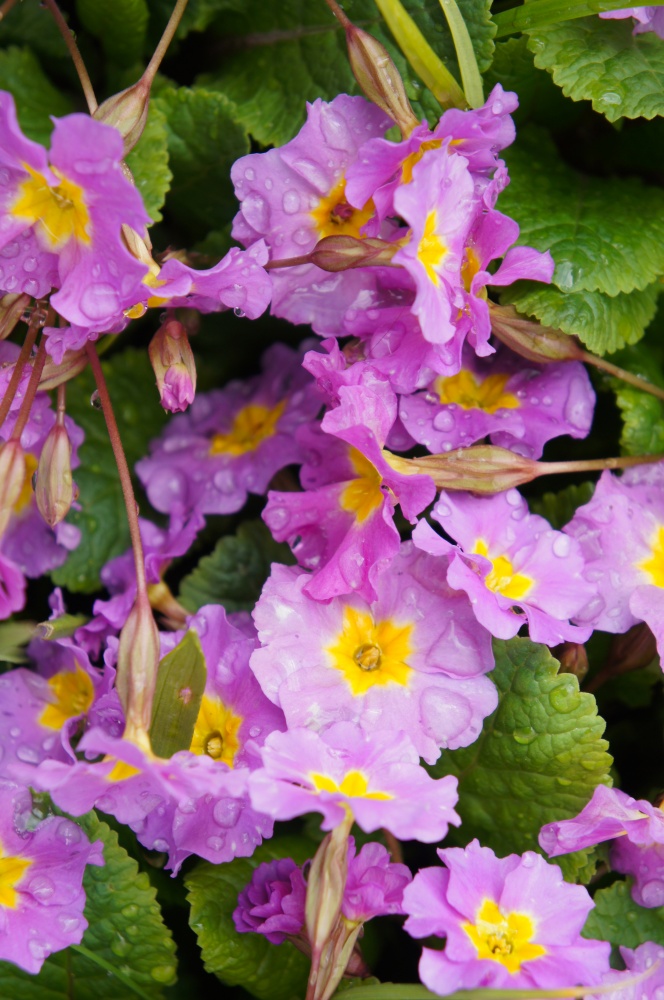
How to Care for Primrose Outdoors
If you purchase a potted primrose, feel free to keep it indoors until the blooms are spent and then transplant it outdoors. Primrose can tolerate colder temperatures and are often the first flowers to bloom in spring. They’re hardy in zones 3-8 and are typically grown as annuals in hotter climates.
Remove your primrose from its container and plant in a lightly shaded area with well-drained soil. Space them about six to twelve inches apart if you’re planting several flowers. Water after planting them and add a layer of mulch to help retain moisture.
During periods of summer drought, water them about once a week. You can stop watering once fall approaches. Lightly fertilize during the summer and remove dead leaves and spent blooms to keep the plants looking their best.
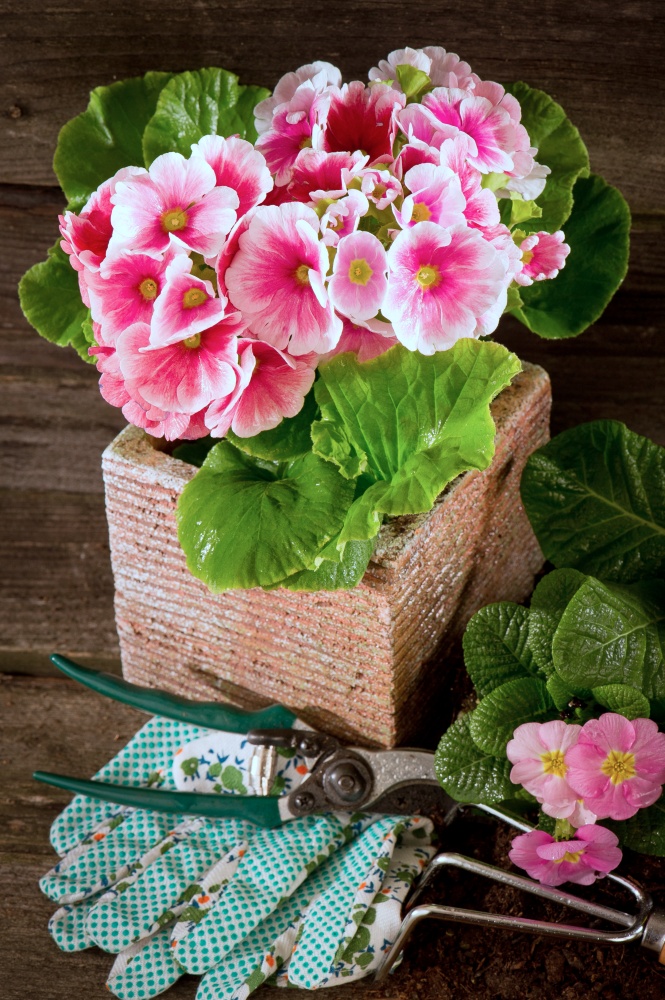
You can choose to keep your primrose outdoors in containers, but you’ll need to water it more frequently. The plant will start to droop when it’s thirsty. Remember to place the container in dappled shade since they don’t like a lot of direct sunlight and will wilt in hot areas.
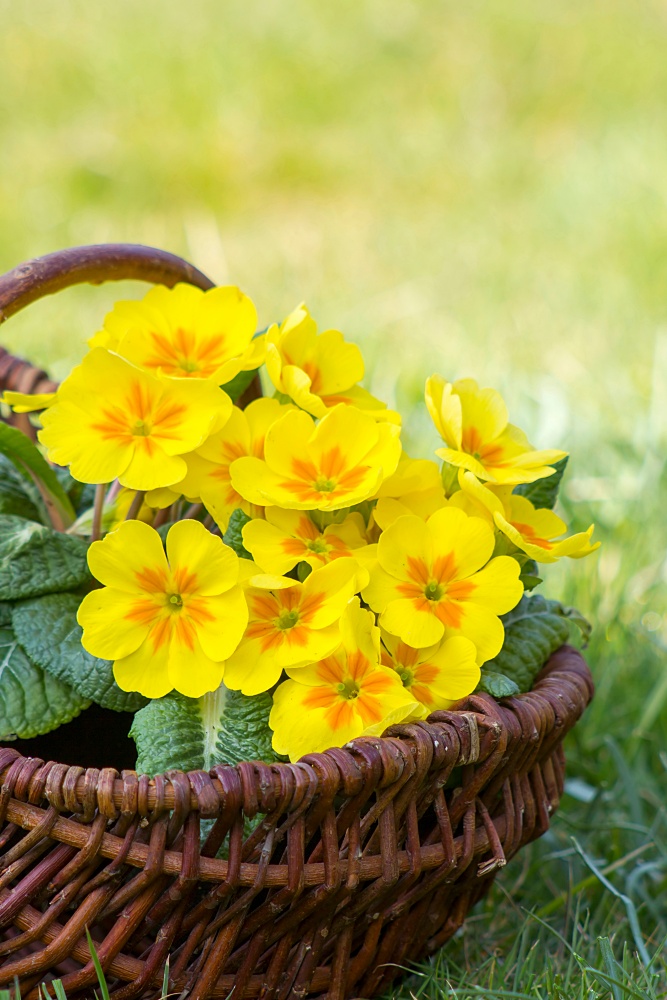
Types of Easy-to-Grow Primrose
You can find several varieties of primrose at your garden center, each one as pretty as the next. Primrose will naturalize and spread in your garden, creating a colorful show in early spring to summer. I’m surprised more people don’t plant these beauties in their yards.
English Primrose
Also known as Primula vulgaris, this cottage style flower has white to light yellow petals with a dark yellow center. It’s native to Europe and the U.K. and looks especially pretty planted with daffodils.
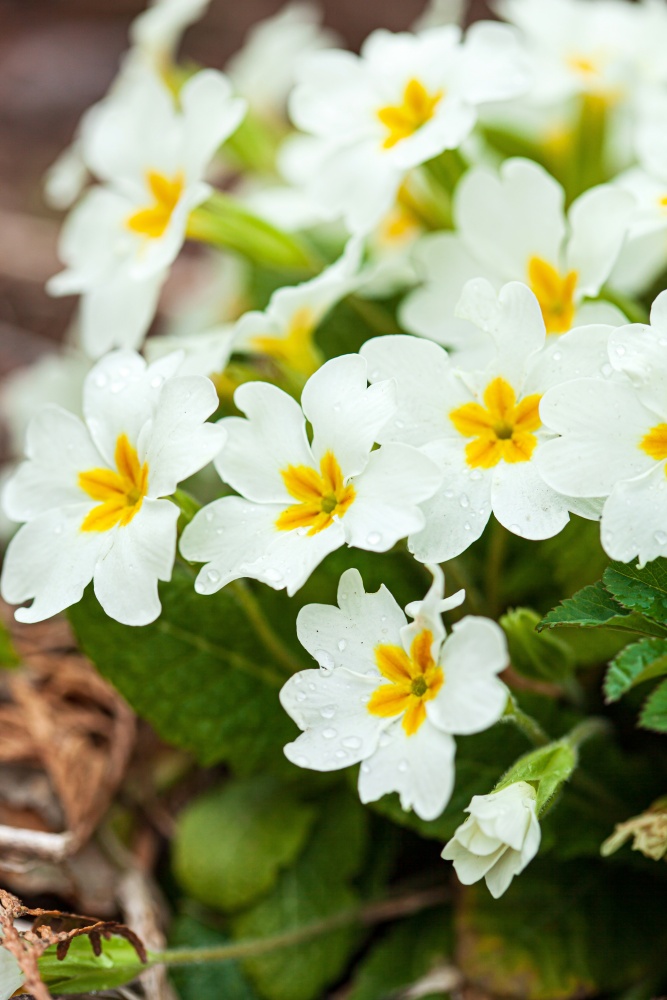
Japanese Primrose
The deciduous Primula japonica comes in a wide variety of colors. The flowers grow on tall stems above a rosette of bright green, lettuce-like leaves. Plant with ferns, hostas, and iris in cool, shady areas. Since it prefers damper soil, it’s a great option for planting in a bog garden or near a pond.
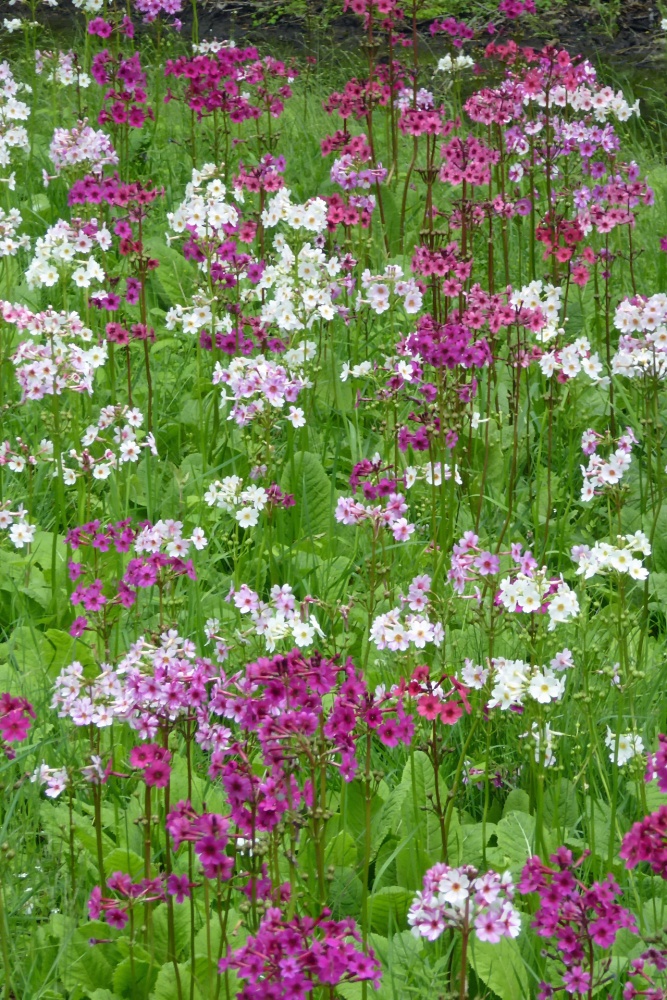
English Cowslip
Also known as Primula veris, English Cowslip is a very hardy species of primrose with nodding blooms on upright stems. The yellow flowers are very fragrant. This beauty received the Award of Garden Merit by the Royal Horticultural Society.
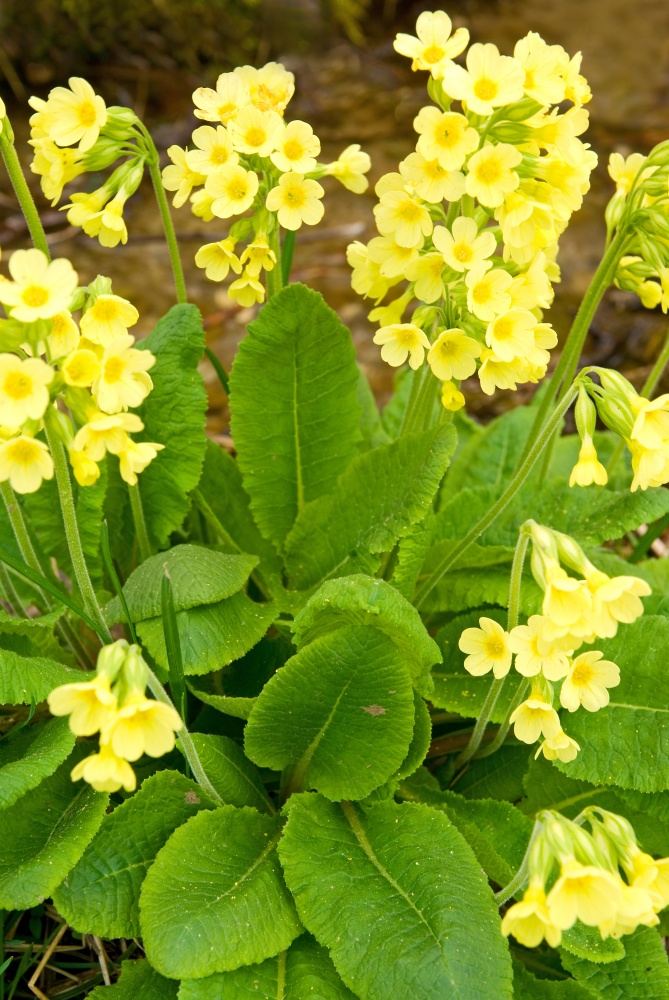
Drumstick Primrose
Pretty balls of lilac to deep purple grow in clumps atop 8-12″ stems. Also known as Primula denticulata, you can also find them in blue, pink, or white. Their obvious beauty and ease of care made them another recipient of the Garden Merit Award.
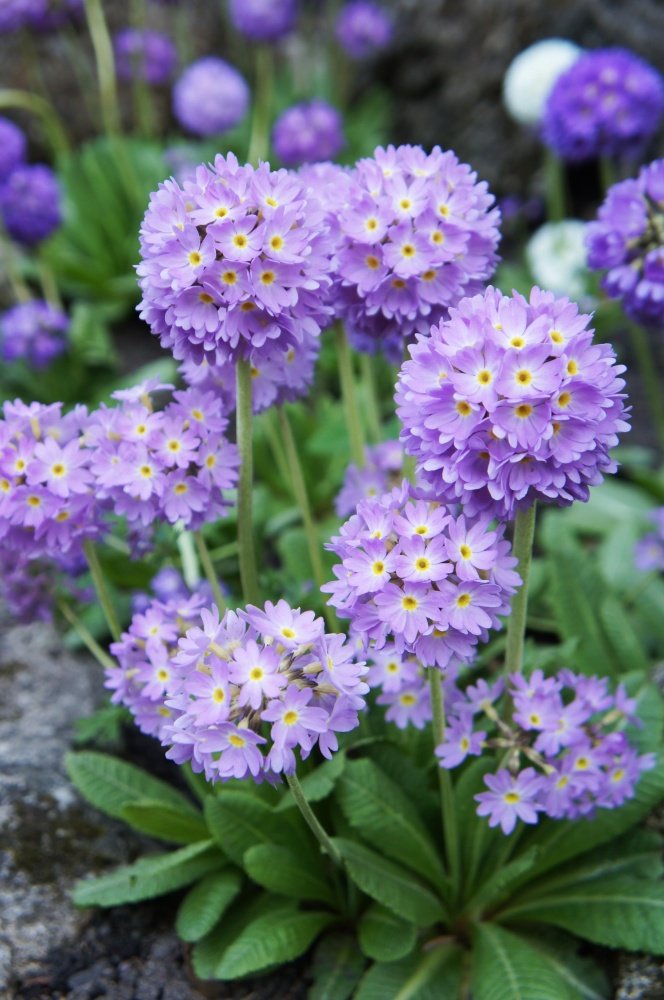
Pink Evening Primrose
Also known as Oenothera speciosus Rosea, the showy flowers grow on 10-inch leafy stems and prefer full sun. Evening Primrose is easy to grow and naturalizes easily. Deadheading isn’t necessary since this is a long-blooming species.
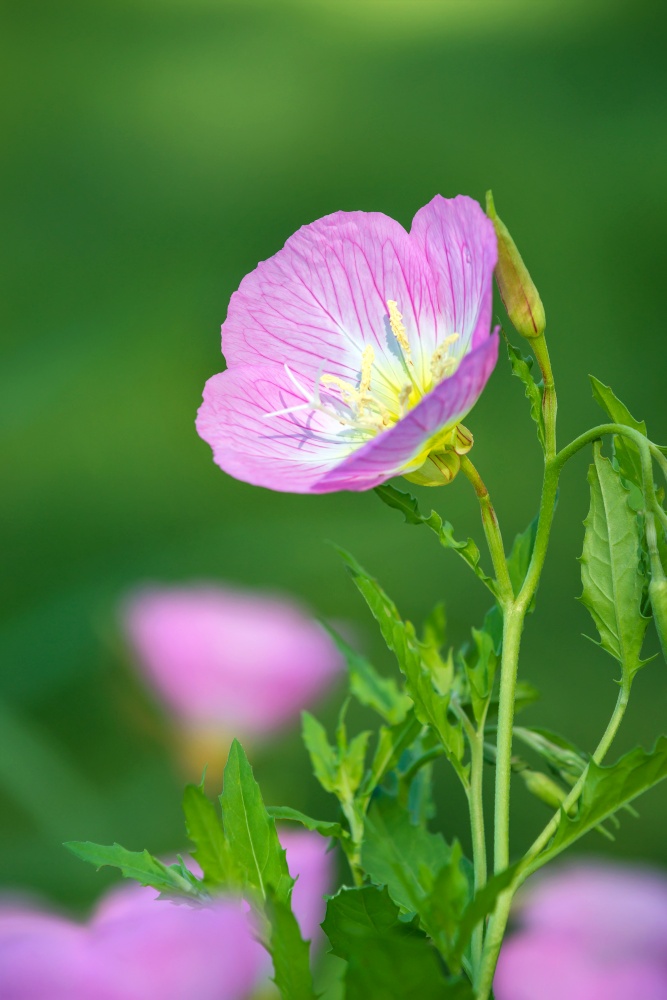
Orchid Primrose
If you prefer something a little different in your garden, choose Primula vialii. Tiny pinkish-purple flowers that are red on the top of the spike when in bloom, create quite the statement in garden beds or along borders. The blooms are long lasting and provide beauty from spring to mid-summer. They prefer sun to partial shade and can be used as cut flowers in bouquets and arrangements.
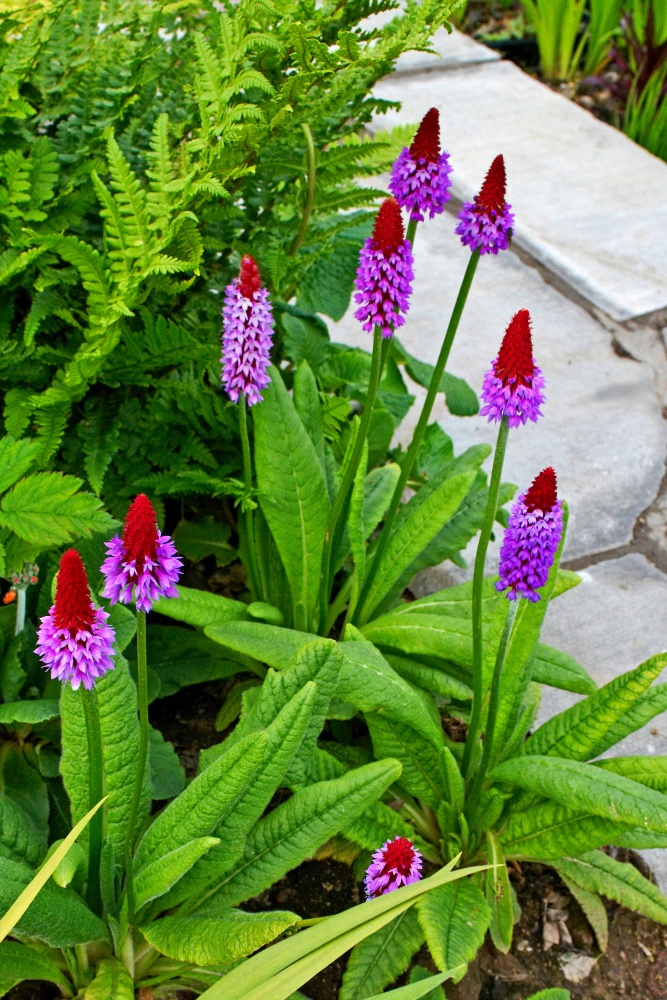
These are just a few of the many easy-to-grow primrose varieties available to you in garden centers. You can also grow the flowers from seed. Be sure to plant primrose in early spring or fall as they like cooler soil when starting out. You’ll enjoy watching the blooms spread and naturalize in your garden spaces. I plan to add several this year in my shade garden.

THANKS!
Thank you for this post. I love seeing my primrose each spring! I didn’t know that there were so many different varieties. I will keep a lookout my next trip to my garden center. Last fall because we had a warm spell, I had a pink primrose bloom. It was such a treat.
Hi Donna! I’m heading to the garden center today to look for primrose. How fun to get a bloom in the fall!
jENNIFER, IS YOUR GARDEN CENTER OPEN ALREADY. I AM IN SOUTHERN MICHIGAN AND HAVEN’T SEEN ANY GARDENING SUPPLIERS OPEN YET. LUCKY GIRL.